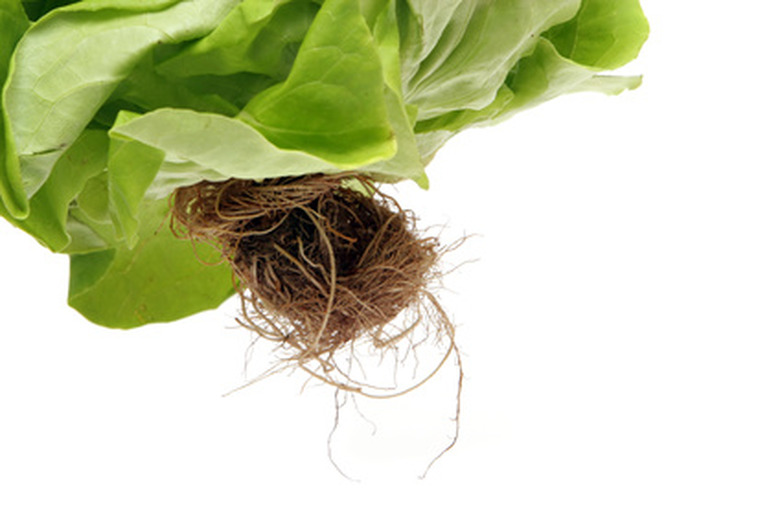Where Does Plant Respiration Take Place?
Respiration, or breathing, is a function that plants and animals have in common. Though plants do not have specialized organs to help them breathe, as animals do, respiration is nonetheless critical for maintaining life and fueling growth in plants. Plant respiration is a rather diffuse process. It occurs all over the plant. Some of these functions are carried out in specific places and some are carried out by all portions of the plant.
Stomata
Stomata
Plants are covered by pores, or "stomata," that open and close. One of the functions of these stomata is to absorb oxygen from the air. Oxygen is necessary for the chemical process of oxidation, or "burning." This is a chemical reaction that attaches oxygen atoms to other molecules, changing them and releasing energy as a side effect. Oxidation is how the bodies of plants and animals literally burn their fuel. It is the same process that makes brown spots on fruit, rusts metal and burns wood.
Roots
Roots
Plants do not get all of the oxygen they need for respiration from their stomata. They also absorb oxygen from their roots. This is why plants need well-aerated soil to grow properly. Waterlogged or compacted soil can kill plants by drowning or suffocating them.
Cytosol
Cytosol
The process of oxidizing sugars takes place in most of the cells of the plant's body. Specifically, it takes place in the cytosol, which is the fluid-filled space between the organelles of each cell. Here the sugar molecules are broken down by a series of chemical reactions into pyruvic acid and other chemicals.
Mitochondria
Mitochondria
The rest of the respiration process occurs within the cells' mitochondria. Mitochondria are small bodies, or organelles, that are about the same size as bacteria. They are somewhat like the cells' furnaces, creating energy out of the fuel that was produced in the cytosol. These mitochondria absorb the pyruvic acids that were formed there and subject them to further chemical reactions. These reactions produce adenosine triphosphate (ATP) molecules, which are what the plants use for energy. They also produce water and carbon dioxide as a side effect.
An Alternative
An Alternative
Some plants, such a certain fungi, often grow in low-oxygen conditions. This can seriously interfere with the plants' ability to breathe. When this happens, plants will replace respiration with another set of chemical reactions, called fermentation. Fermentation is not as efficient at making energy as respiration is, but it does not require oxygen.
Cite This Article
MLA
Thompson, Jason. "Where Does Plant Respiration Take Place?" sciencing.com, https://www.sciencing.com/where-does-plant-respiration-take-place-13428030/. 21 July 2017.
APA
Thompson, Jason. (2017, July 21). Where Does Plant Respiration Take Place?. sciencing.com. Retrieved from https://www.sciencing.com/where-does-plant-respiration-take-place-13428030/
Chicago
Thompson, Jason. Where Does Plant Respiration Take Place? last modified August 30, 2022. https://www.sciencing.com/where-does-plant-respiration-take-place-13428030/
